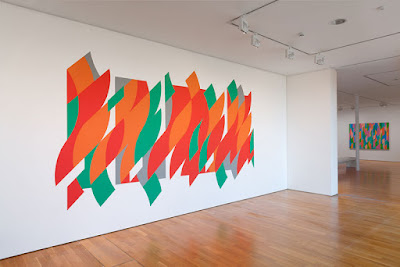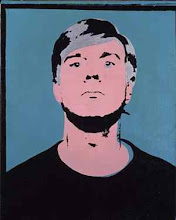 |
| The 20ft and 30ft Sound Mirrors at Dungeness |
A strange and beautiful place.
Watch an extract from the BBC's series Coast in which the mirrors are tested.
Click on images to enlarge.
 |
| The old lighthouse and the nuclear power stations |
 |
| The new lighthouse |
 |
| The boardwalk to the sea |
 |
| Shingle, sea, sky |
 |
| The view to the sea (Click on image to see full panorama) |
 |
| Power stations and lighthouses (Click on image to see full panorama) |
 |
| The 30ft Sound Mirror |
 |
| The 200ft Sound Mirror |
 |
| All the Sound Mirrors |
 |
| Prospect Cottage - Derek Jarman's former home |











































